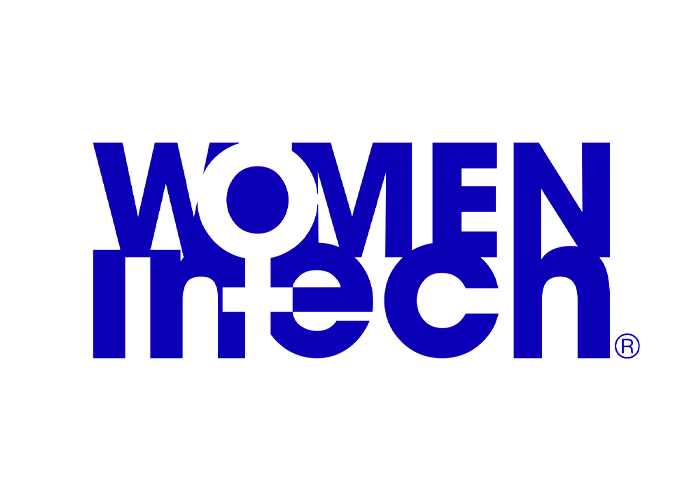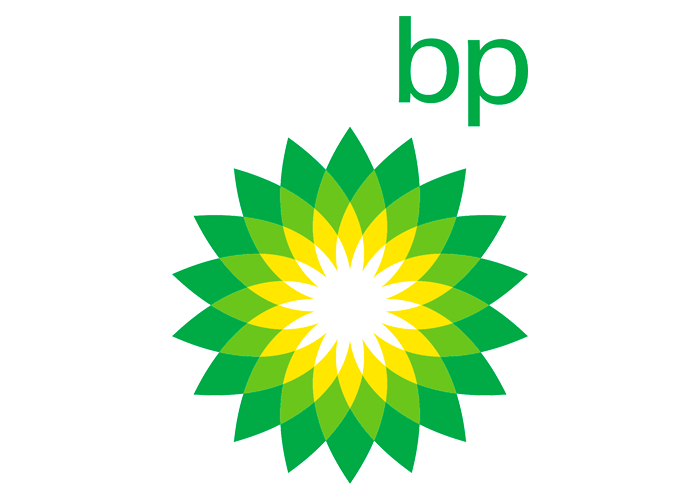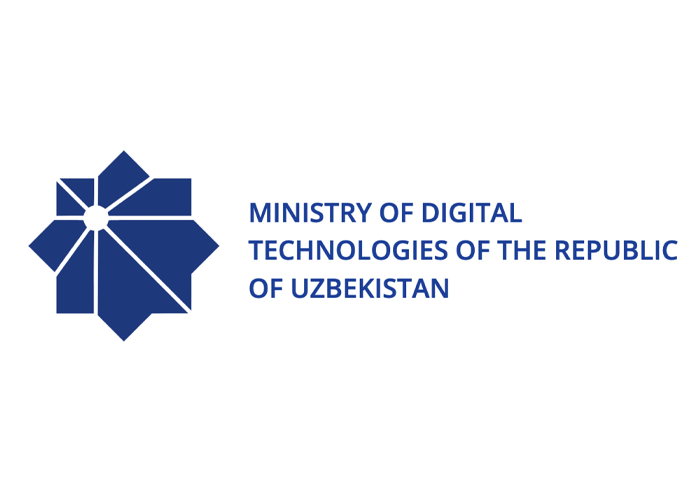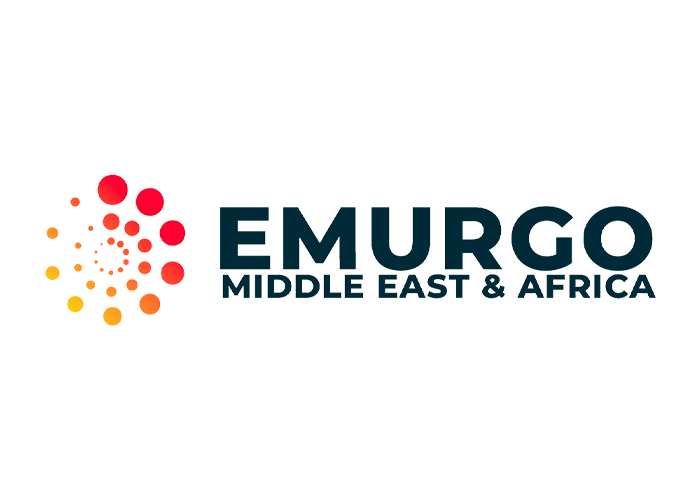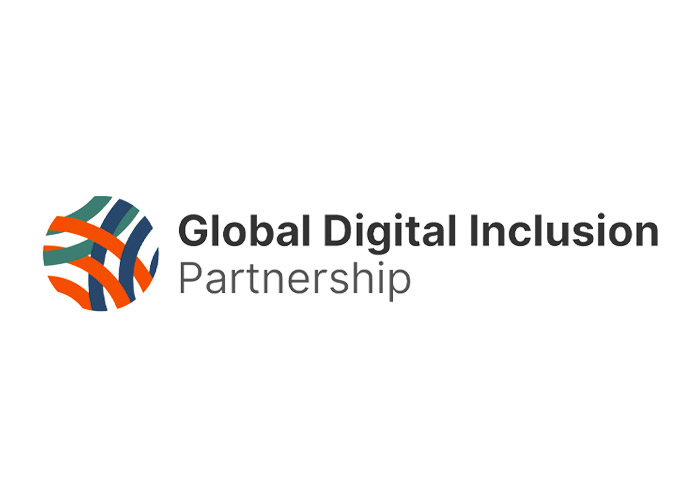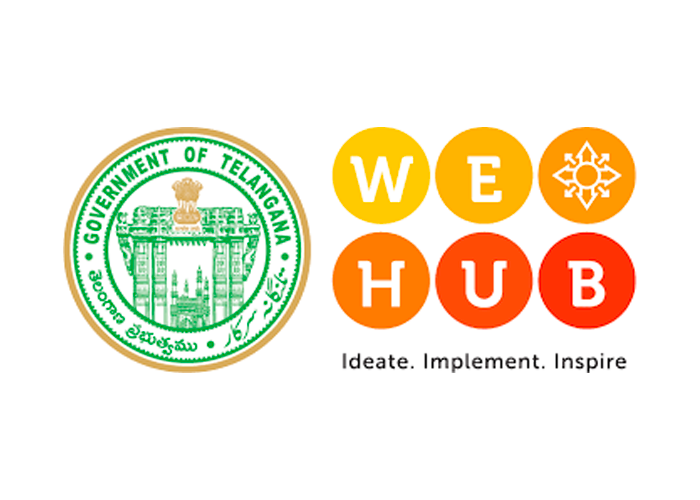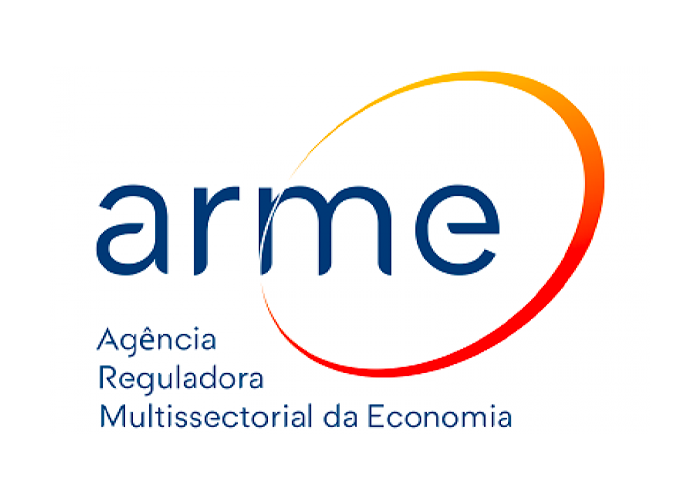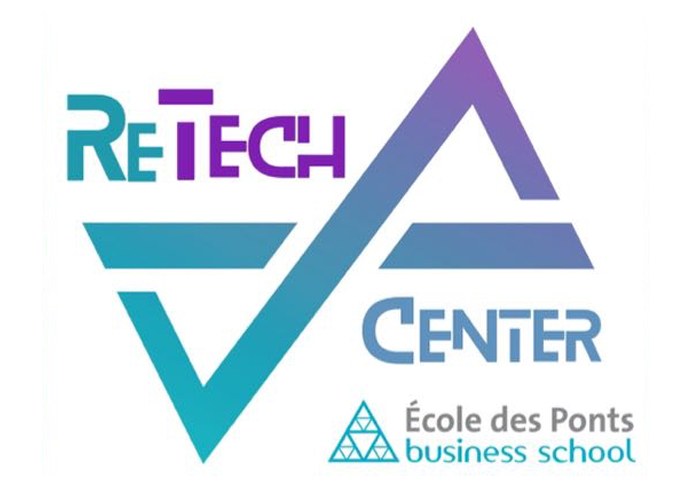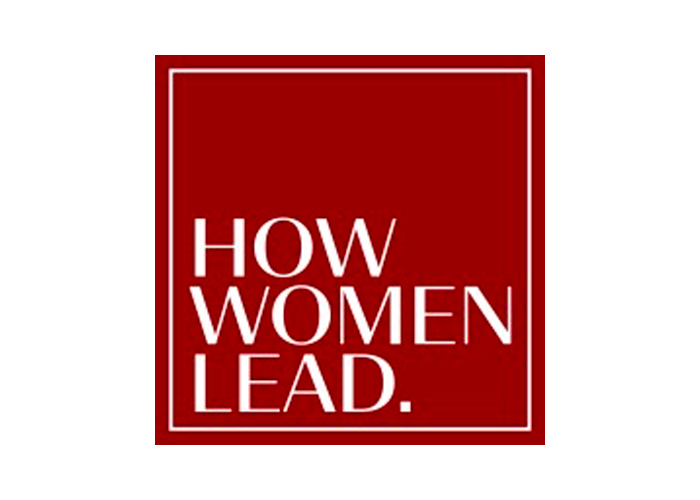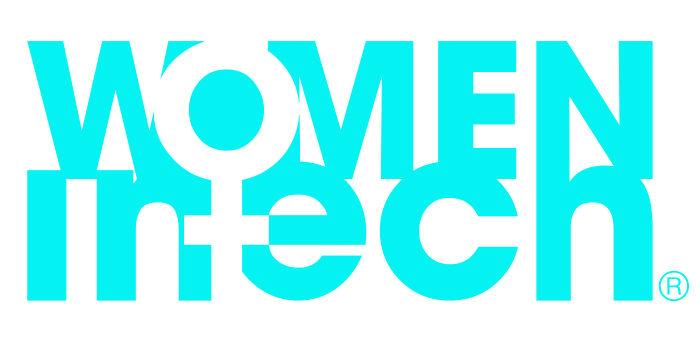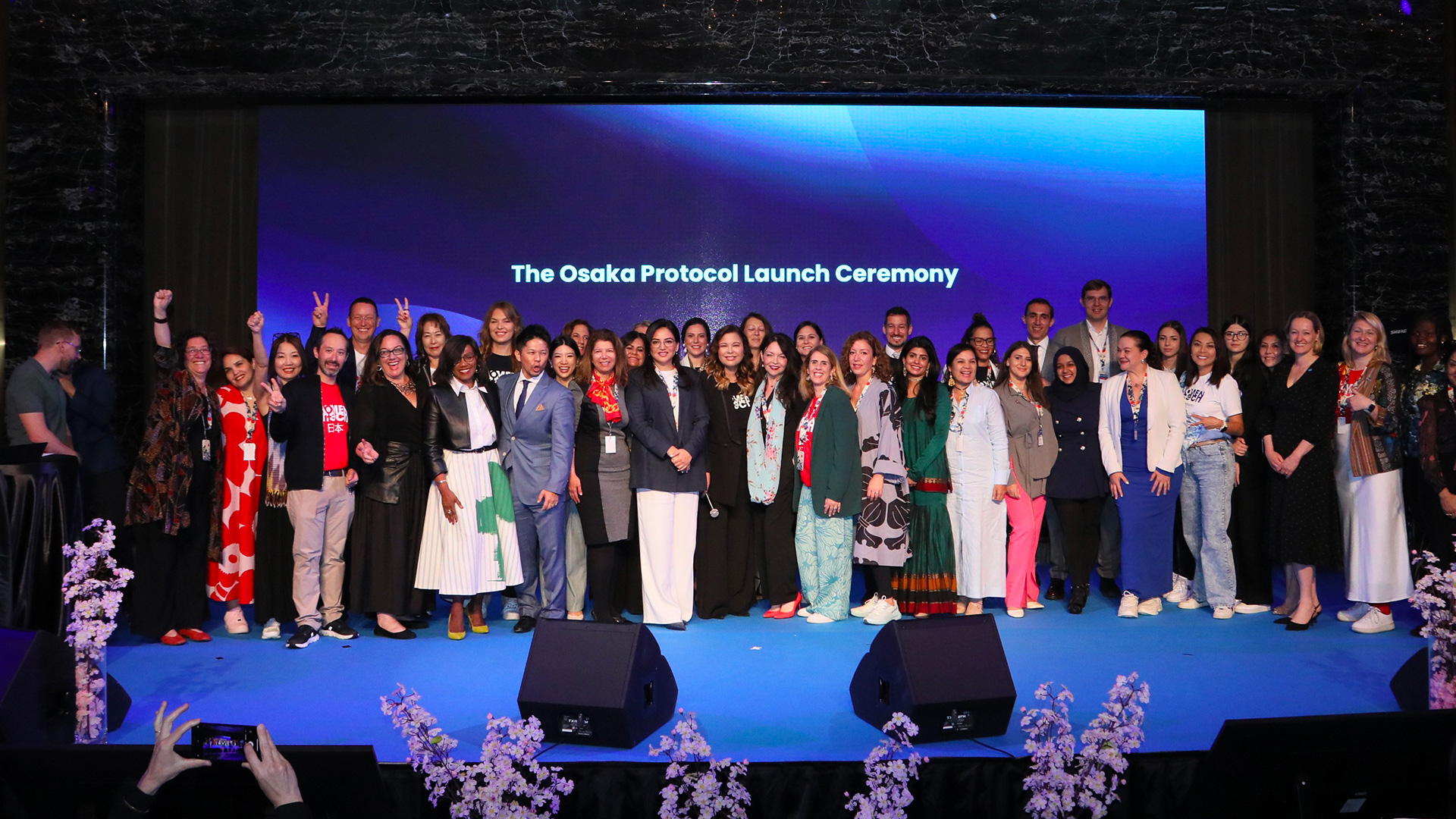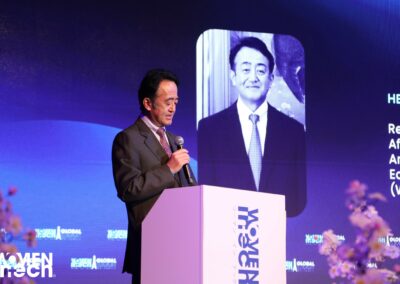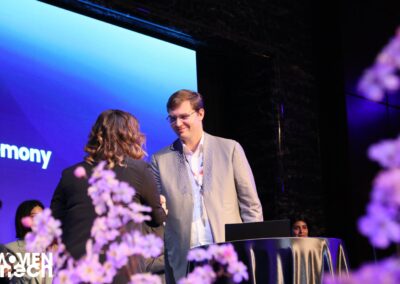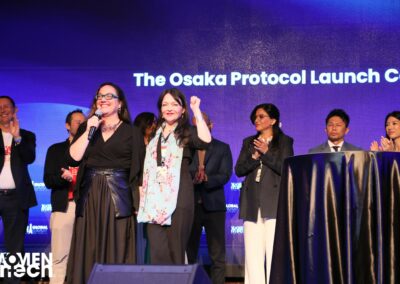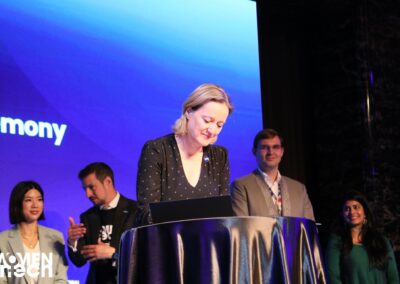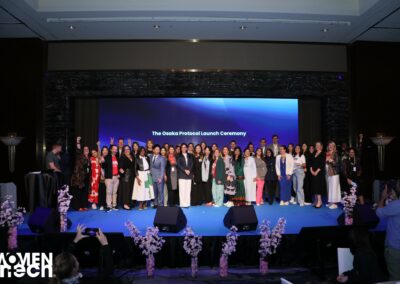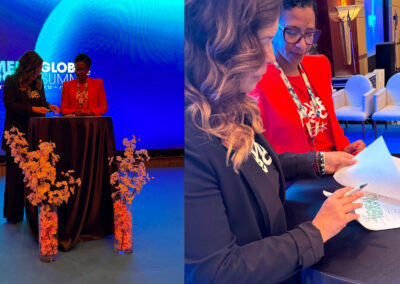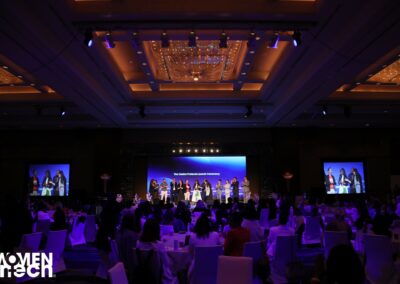The Osaka Protocol
Gender Equality for Innovative and Sustainable Digital Societies
Overview
The Osaka Protocol represents a global framework aimed at promoting gender equality in the digital age through a comprehensive approach to addressing gender disparities in technology and innovation.
Key Objectives
The objectives of this Protocol are:
- To foster global initiatives that advance STEM education and skills for women and girls.
- To support efforts that accelerate women’s representation, leadership, and entrepreneurship in the STEM sector.
- To promote universal digital access and inclusion for women and girls, particularly in underserved communities.
- To encourage the development of ethical, unbiased, and inclusive technologies supported by appropriate policy and regulatory frameworks.
Pledge:
Committed to ongoing improvements towards the above objectives, the Parties to this Protocol pledge to:
- STEM Education and Skills Drive initiatives that promote sustainable investment in digital education, skills training programs, and learning resources to ensure women and girls have equitable access to STEM education and career development opportunities.
- Representation, Leadership, and Entrepreneurship Foster an environment that supports organizational structures and policies accelerating women’s advancement in STEM sectors through inclusive leadership, hiring practices, mentorship programs, and dedicated support for women entrepreneurs and innovators.
- Digital Access and Inclusion Facilitate universal digital connectivity and inclusion by supporting sustained investment in infrastructure, affordable access, and digital services, with targeted support for underserved women and girls in rural and marginalized communities.
- Ethical Technology Development Encourage comprehensive frameworks for developing and deploying unbiased, gender-responsive technologies through inclusive representation and design principles, and robust governance mechanisms.
Timeline
21 January 2025: Announcement of the Osaka Protocol at the World Economic Forum in Davos
25 April 2025: Official signing and launch of the Osaka protocol at the Women in Tech Global Summit in Osaka
Contact
For any question regarding The Osaka Protocol please contact us at top@women-in-tech.org
The Osaka Protocol
Targets
The Parties to this Protocol target to contribute to initiatives that impact 100 million women and girls by 2030:
- Advance STEM Education: Support programs that expand girls’ and young women’s access to quality STEM education, cultivating interest and foundational skills from primary through higher education.
- Strengthen STEM Workforce Capacity: Develop comprehensive training, upskilling, and retention initiatives that foster representation, professional growth and career advancement for women.
- Promote Leadership Development: Create pathways for women to advance into decision-making and senior leadership positions within technology sectors and related fields.
- Build Innovation Capacity: Foster entrepreneurial ecosystems that provide women with the resources and funding needed to establish and scale technology ventures.
- Close the Gender Digital Gap: Support efforts to reduce the gender digital divide through targeted infrastructure and connectivity initiatives.
Impact Categories:
Impact will be measured quantitatively across three categories:
1. Skills and Education Impact:
Number of women and girls completing STEM education programs.
Number of participants in digital skills training initiatives.
Number of recipients of STEM scholarships and educational support.
2. Professional Impact:
Number of women placed in STEM roles.
Number of female leaders advanced in technology sectors.
Total amount of funding invested in women-led technology ventures.
Number of women participating in professional mentorship programs.
3. Access Impact:
Number of women and girls gaining new access to digital technologies.
Number of beneficiaries of infrastructure and connectivity initiatives.
Committed Actions
Commitment Levels:
- Pioneer Level: Large-scale commitments impacting 100,000+ women and girls.
- Partner Level: Targeted programs impacting 10,000-100,000 women and girls.
- Participant Level: Focused initiatives impacting up to 10,000 women and girls.
Commitment Areas:
- STEM Education and Skills: Advancing STEM education and skills development for women and girls globally
- Representation and Leadership: Accelerating women’s representation, leadership and entrepreneurship in the STEM sector
- Digital Access and Inclusion: Extend universal digital access and inclusion for women and girls
The Osaka Protocol Steering Committee

Ayumi Moore Aoki
Chair
Founder and CEO
Women in Tech Global
Tech Diplomacy Forum

Rika Nakazawa
Co Chair
Chief Commercial Innovation
NTT

Philippe Vogeleer
WITG Advisory Board
Member of the Council
Institute of Directors

Chiara Corazza
WITG Advisory Board
President, CCC – Representative for France G20 Empower

Sandro Knopfel
WITG Advisory Board
Global Business Development Lead
Cardano Foundation

Sonia Jorge
Steering Committee
Founder and Executive Director
Global Digital Inclusion Partnership (GDIP)

Shivam Kishore
Steering Committee
Senior Advisor, Digital Transformation and Climate Investment

Lara Dewar
Steering Committee
Chief Marketing Officer
GSMA

Guillaume Defer
Steering Committee

Elena Grimme
Steering Committee
GM and Associate General Counsel, Western Europe
Microsoft

Julie Castro Abrams
Steering Committee
Founder Women Who Lead

Dr Anino Emuwa
Steering Committee
100 Women @ Davos

Shogo Ishida
Steering Committee
EMURGO Middle East and Africa

Leanne Robers
Steering Committee
Co-Founder, Co-CEO
She Loves Tech

Gulser Corat
Steering Committee
Founder
NoBiasAI?
Executive Support Team

Tamuna Kvintradze
Protocol Director
Women in Tech Global

Yuki Aizawa
Protocol Liaison
Women in Tech Global
Join the Osaka Protocol
OSAKA PROTOCOL FORM
This Annex A constitutes the official commitment of the undersigned Party to the Osaka Protocol, as outlined in the main document. Please complete all required fields and indicate the level of commitment you are undertaking.
Founding Parties
